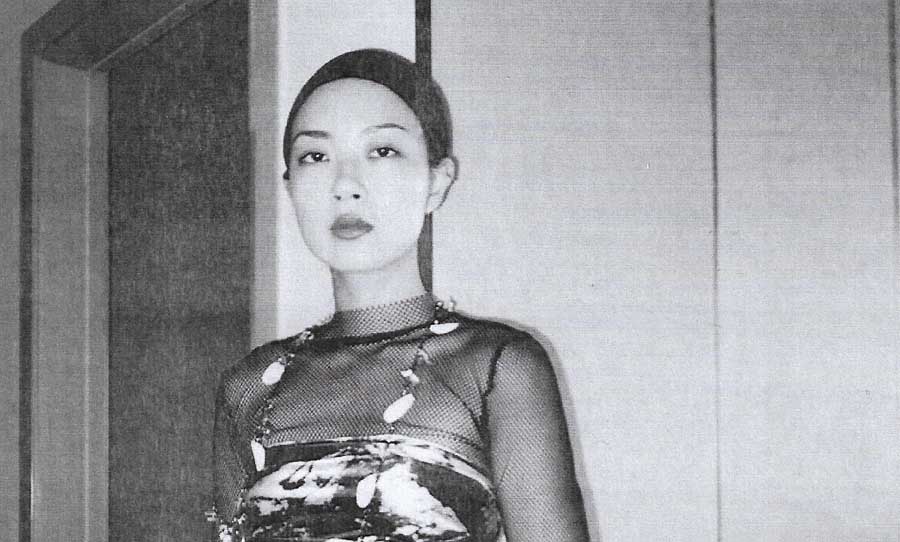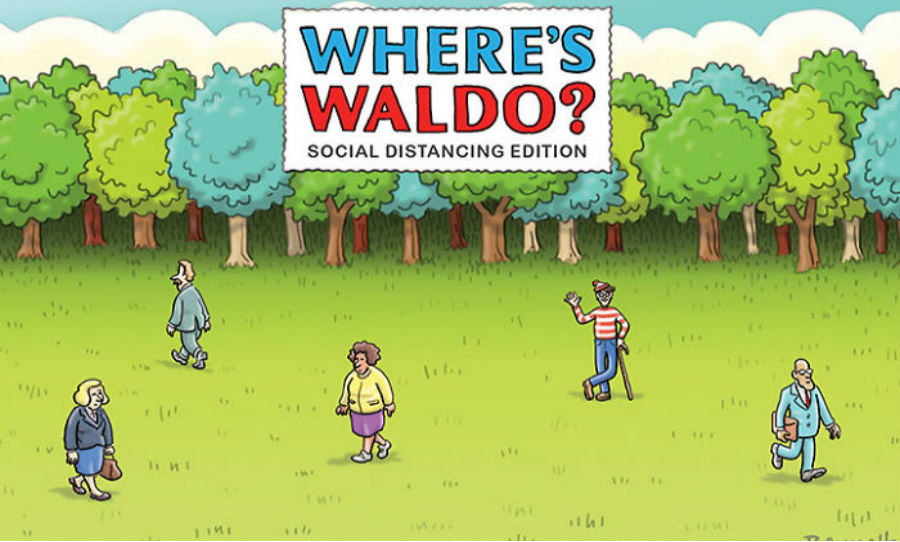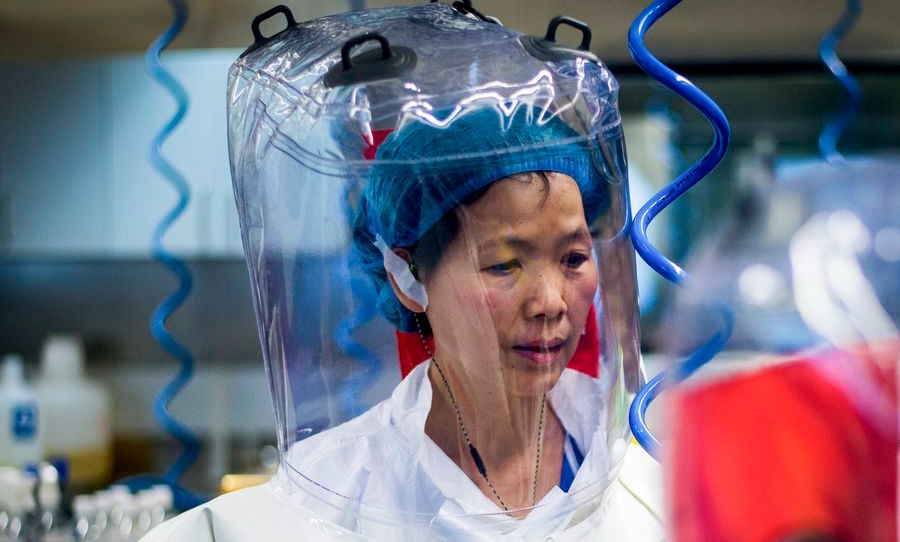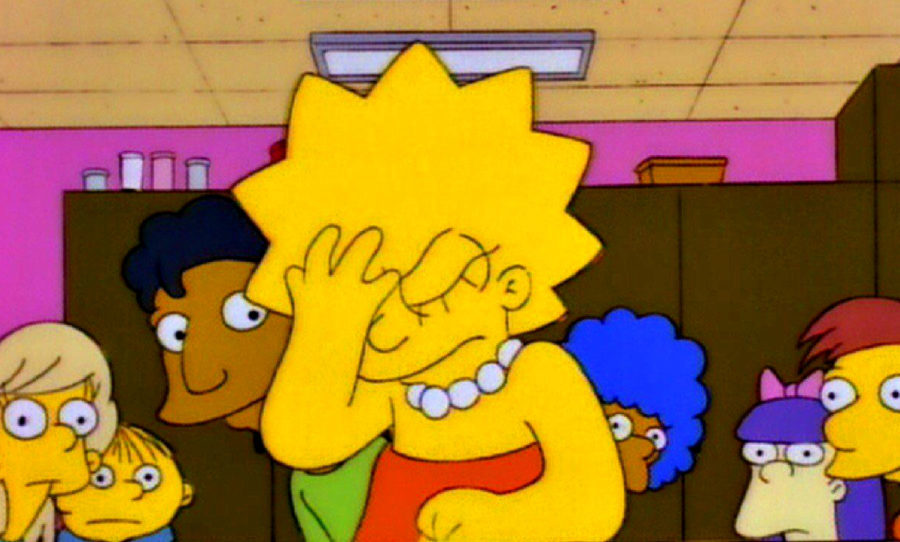Shenzhen-based artist Victoria Jin says that in times like these, we don’t need fictional heroes. “We have them right here among us.”
“The nurses, doctors, volunteers on the front lines; the delivery men, security guards and all service individuals who have high-exposure jobs; the companies who have switched up their production lines to product much-needed equipment by the world right now. They are our saviours.”
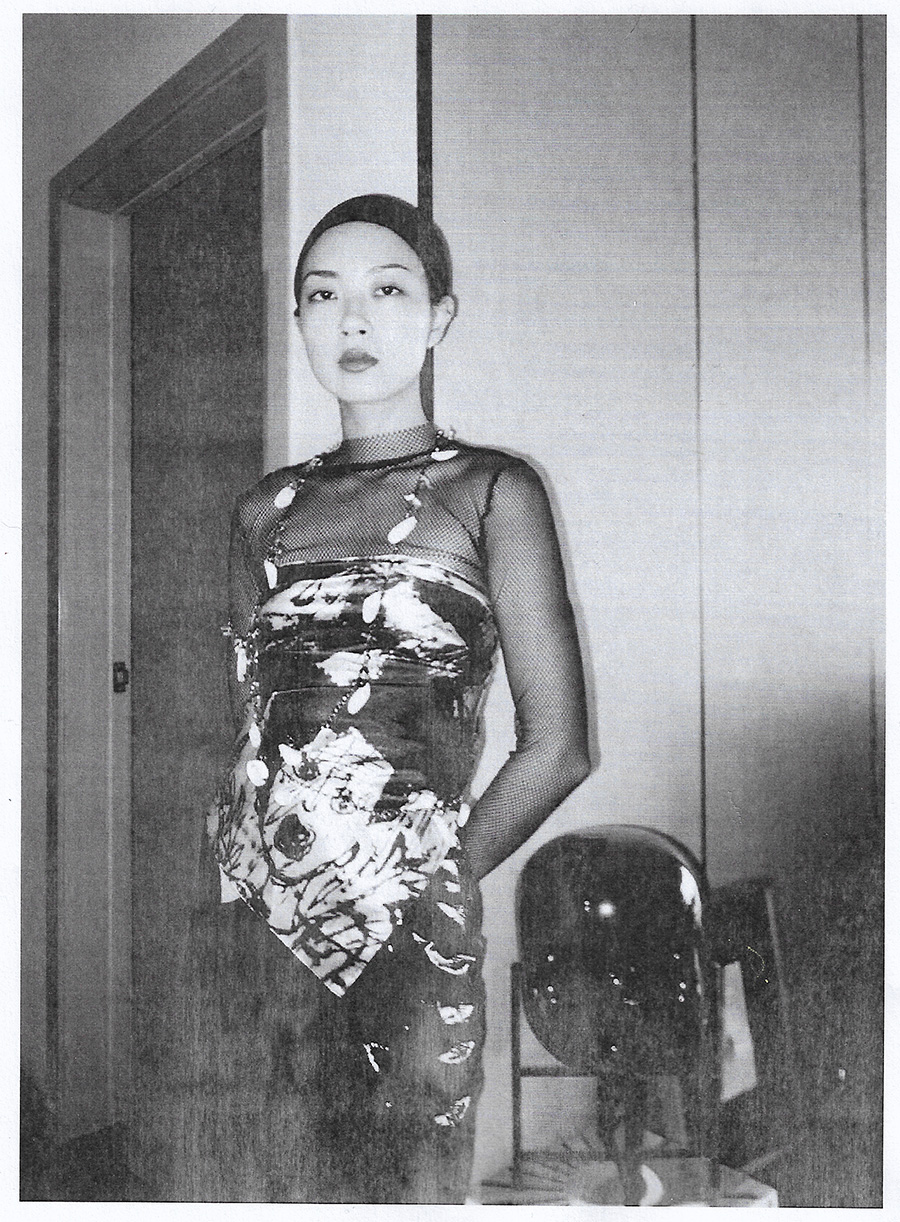
To stay busy during her quarantine period, artist Victoria Jin turned to jewellery making, printing textiles, embroidering, and creating what she calls “angry collages.”
Victoria returned to China in late January during the height of the Coronavirus crisis and was immediately quarantined for 14 days inside her city apartment. Shenzhen wasn’t hit by the virus as badly as Wuhan, but she was still worried about what might happen, so she transformed the entrance of her home into a “sanitisation station” complete with disinfectant sprays and wipes and alcohol pads for her phone and her devices.
As soon as she walked through the front door, she would also seal her used street clothes in a plastic bag. “It made me feel insane but also safer,” she says.
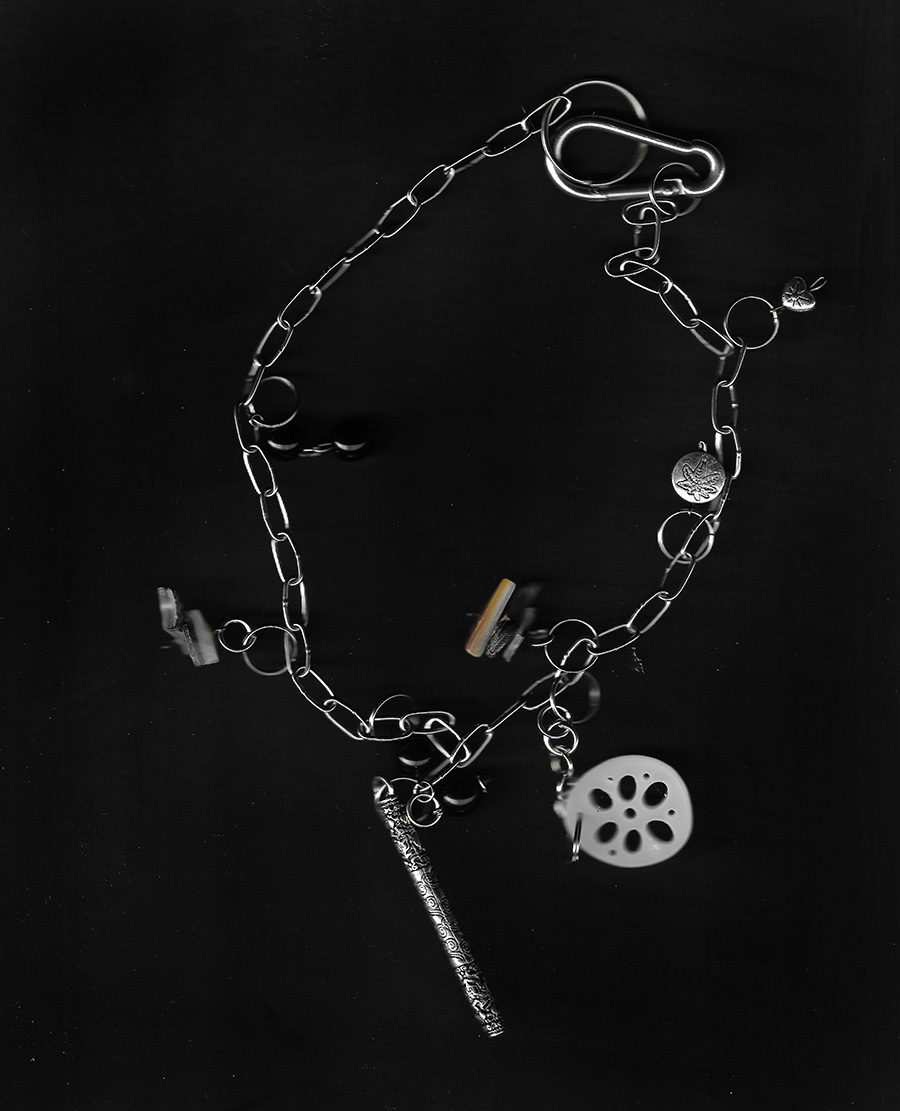
There are about 4,000 people living in Victoria’s apartment complex and when she returned to China, additional health and security measures had already been put in place. These included having your temperature scanned upon entry to the complex and your national health care card showing green. The card shows the geolocation of users whilst protecting their privacy to ensure they’ve not travelled to high-risk cities in the last 14 days, or for the duration of the virus’ incubation period.
Non-residents are not allowed to enter the complex which includes people delivering food, so food-sellers set up make-shift stalls outside. “Those brief lighthearted interactions with the delivery [people] were reminders of normalcy from a past life that I very much needed,” Victoria says.
“I would express my gratitude to them every single day. They would just laugh it off and say ‘ying gai de’ [which is] a light-hearted way of saying ‘it’s my duty.’”
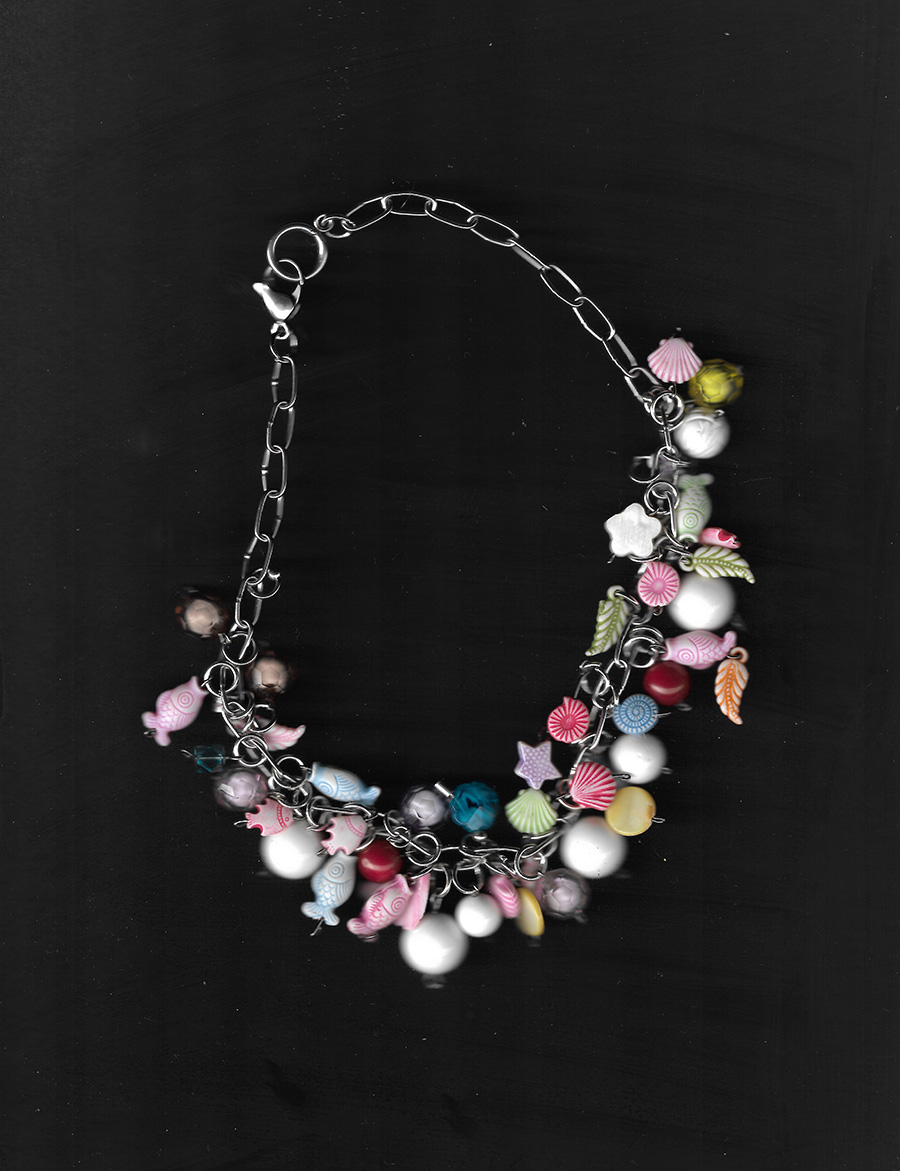
There wasn’t a shortage of food in her neighbourhood during the peak of the coronavirus crisis and supermarkets remain open, but she says that no-one really goes to the supermarket anymore. Instead, they choose to have their food delivered via an app.
“It’s super convenient,” she says. “I can place an order and it’ll arrive at my compound within two hours. The bags [containing the food] are left on a shelf outside, and you just pick it up to minimize human-to-human contact.”
Victoria’s parents live in Austria and her sister resides in Poland, and she keeps in touch with them through regular phone calls. “I keep spamming them every-day: stay at home, you can do that yoga class when this all clears up, you can meet up for brunch via video call,” she says of her friends and family overseas.
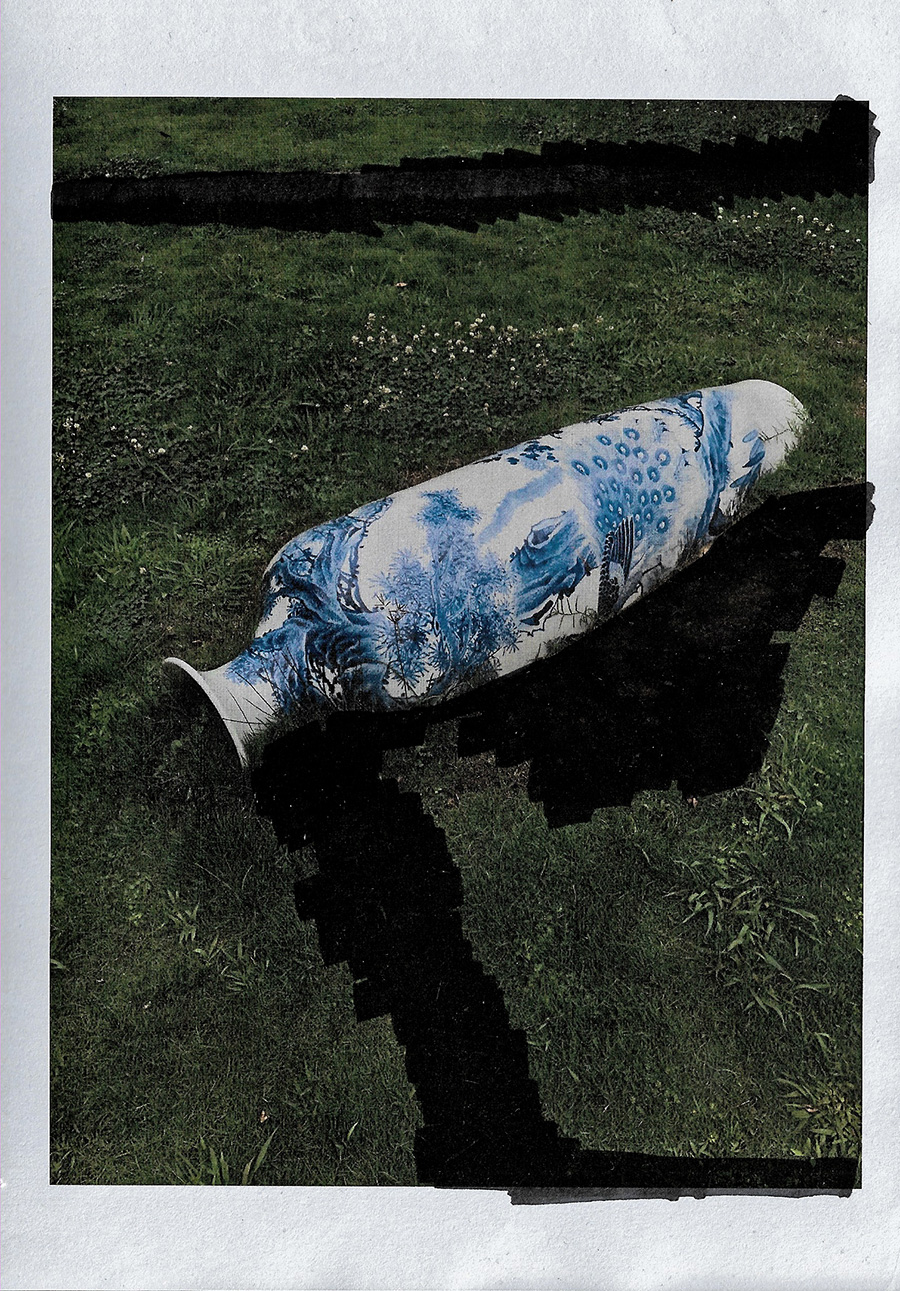
“None of that shit is worth risking your life and the life of others. This is the time to get your priorities and values rock solid straight.” She also checks in with her friends in China via group video calls which she says has been a huge support.
“I think when the Coronavirus first broke out, those of us in China were so confused as well. It was such a weird feeling to see videos from fashion week or photos showing people out there and enjoying life [in early February] when we were living the stark contrast of doom and worry. I really was thinking, ‘have I gone crazy? How can life look so different from the other side?’”
To stay busy during her quarantine period, apart from the work that she was doing from home, Victoria turned to jewellery making, printing textiles, embroidering, and creating what she calls “angry collages.” The collages were a reaction to the Sinophobic content that she was seeing online. “I wanted to smash things,” she says of the xenophobic words she was hearing.
“So instead, I started ripping and sticking and layering and scribbling. I’m planning something a bit more large-scale to deal with these global prejudicial issues, but for now I will use this form of art therapy.”
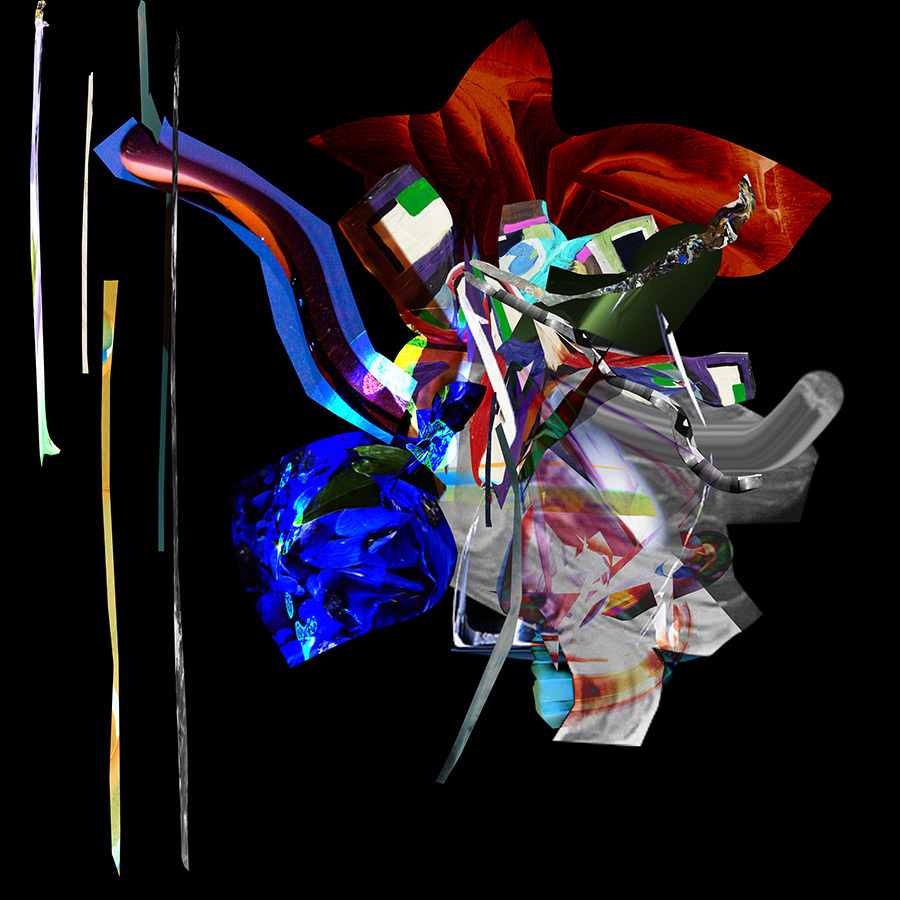
She says that it’s a weird and dystopic time in the world right now but that being as germophobic as possible is a good thing. “When in doubt, watch how Naomi Campbell sanitises her plane seat on YouTube.” She wonders whether there will be more unity once this pandemic has passed or if there will be a greater divide.
“This pause on everything is not like recess in first grade,” she says. “When all resumes, everything will have changed. Those of us who are not directly battling the disease right now should consider how we can shift towards a better new normal when this is all over.”
Victoria returned to work after her quarantine period was over and she says that it was safe to do so as there are temperature scanners at the entrance of every building, restaurants have been taking extra precautions and many people are wearing masks. During the last few weeks in China, the number of new infections of COVID-19 has reduced, and Victoria spent the weekend flying a kite in the park in the sunshine.
“It felt like the most simple and beautiful luxury in the world,” she says. “There is hope.”
Find more of Victoria Jin’s work on her Instagram.
